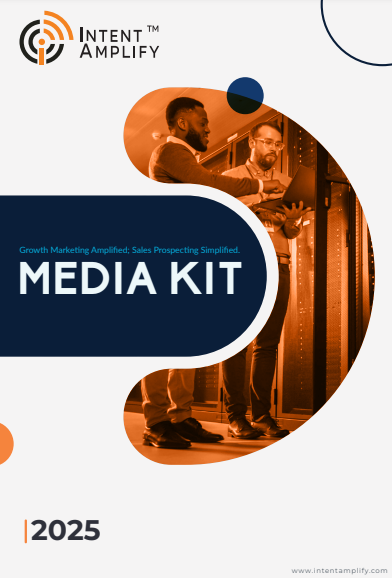
Sales Prospecting Explained: Smart Strategies for 2025
- Last updated on: July 2, 2025
Precision beats persuasion. In 2025, it’s the blend of perfect timing, earned confidence, and adaptive tech that shapes how people truly connect. Let’s Face It: Prospecting has evolved have you? Sales prospecting today isn’t what it used to be and that’s a good thing. If you’re still picturing reps cold-calling their way through a yellow-paged contact list or bulk-emailing vague pitches, we need to talk. In 2025, prospecting is less about volume and more about value. Less guessing, more knowing.
The game has changed because buyers have changed.
They’re smarter. They’re quicker. With minds saturated in data, they have no room for words that don’t matter. They don’t have time for vague outreach. They want relevance, and they want it now. If you can’t deliver that in your first message, they’ll move on. And fast.
Now, here’s the good news: if you understand today’s rules, prospecting can be incredibly rewarding, almost fun. Think of it like this: instead of chasing people, you’re guiding the right ones to discover you.
What Exactly Is Sales Prospecting in 2025?
Let’s clear the air. Sales prospecting isn’t a spam campaign. It’s not a shot in the dark.
Sales prospecting is the proactive process of identifying, researching, and reaching out to potential customers who are likely to benefit from what you offer. It’s about initiating genuine conversations, not just pushing a product.
And in 2025, it looks like this:
- Data-rich, intent-driven research
- Personalized outreach (that feels personal)
- Engaging across channels (email, LinkedIn, even Slack communities)
- Continuous learning and adaptation
Shift your mindset from counting contacts to crafting connections. You ask, “Which 10 people are most likely to say yes and why?”
See the shift? From volume to velocity. From hoping to knowing.
Why Sales Prospecting Still Deserves Your Attention
Let’s play a quick game: what do 90% of closed deals have in common?
You guessed it, they started with a well-timed, well-researched outreach. Not a flashy ad. Not a cold webinar invite. A real, human connection.
According to a 2025 McKinsey report on B2B sales transformations, organizations with structured prospecting frameworks outperform their peers by 24% in win rates and 32% in pipeline consistency.
In other words, your pipeline is only as good as your prospecting.
And if you think this doesn’t apply to your industry or product, here’s the reality: every sector is now competitive, and buyers are in control. The only way to earn their attention is to show you’ve done your homework.
What Today’s Buyers Expect from You
Pause for a moment and see the world through your prospect’s eyes.
Imagine receiving three sales emails before your morning coffee. One says, “Hi, I’d love 15 minutes of your time to talk about our solution.” Another says, “I noticed your company recently expanded into Europe congrats! Here’s how we helped a similar firm scale securely in that region.”
Which one would you open?
Exactly.
Buyers want three things:
- Relevance: You’ve done your research.
- Timing: You reached out at the right moment.
- Value: You’re not just selling, you’re helping.
This isn’t wishful thinking. In a recent LinkedIn survey, 82% of buyers said sellers are more likely to win their business if they demonstrate a deep understanding of their business needs.
So the takeaway? Show them you know them.
From Cold to Contextual: Sales Prospecting All About Signals
Forget cold outreach. Today, it’s about contextual prospecting, reaching out based on real buyer signals.
Here are some signals top-performing reps use to initiate contact:
- Intent data: They’re actively researching your category or keywords.
- Job changes: New decision-makers often have fresh goals and bigger budgets.
- Funding rounds: Expansion usually means new tools, systems, or hires.
- Product launches: A new offering might require your services.
- Company growth: Headcount surges can lead to new tech needs.
And how do reps find these signals?
They use platforms like:
- Bombora or 6sense (for firmographic + behavioral insights)
- ZoomInfo and Clearbit (for contact enrichment)
- LinkedIn Sales Navigator (for job change alerts)
- Intent Amplify™ (for real-time high-intent signals across channels)
In short, prospecting in 2025 starts long before the first message. It starts with listening.
Let’s Talk Tactics: Sales Prospecting That Works in 2025
1. Hyper-Personalized Emails (Not Just Mail Merges)
In 2025, personalization goes beyond a name and company. It’s about:
- Mentioning recent company news
- Referencing mutual connections
- Tying your solution to a known pain point
- Using a casual tone without being unprofessional
2. Social Selling Is Not Optional
Your LinkedIn profile isn’t just a resume, it’s a trust-building tool. Comment on your prospect’s posts. Share insights. Tag industry peers. When it’s time to message them, you won’t be a stranger.
According to Gartner’s 2025 Tech Buying Behavior study, 46% of tech buyers say they’re more likely to respond to a seller they recognize from social platforms.
3. The 3-Channel Rule
Top-performing reps use at least three channels to contact each prospect:
- Day 1: Email
- Day 2: LinkedIn connect
- Day 3: Share a relevant article
- Day 5: Light follow-up call or voice note
4. Follow-Ups That Add Value
Don’t just check in. Send something useful:
- A case study
- A Gartner report
- A link to their recent podcast or article with a compliment
Each touch should teach, not chase.
Building a Winning Prospecting Routine
Here’s a simple weekly workflow:
| Day | Activity |
| Monday | Review high-intent signals, segment priority accounts |
| Tuesday | Personalized outreach |
| Wednesday | Follow-ups + social touches |
| Thursday | Call blocks or video outreach |
| Friday | Analyze metrics, plan for next week |
The Human Touch Still Matters
With all the AI, automation, and intent signals flying around, here’s what hasn’t changed:
People still buy from people.
The tone of your voice. The empathy in your message. The curiosity you show. Those are things no AI can replicate.
So yes, use tech to scale your research and timing. But let your human instincts drive the conversation. Your prospects will feel the difference.
Final Thought: Are You Guessing or Prospecting?
Prospecting in 2025 isn’t about sending more. It’s about sending smarter.
So ask yourself:
- Do you know what your ideal buyer is reading?
- Can you identify accounts showing buying intent right now?
- Are your messages tailored to each recipient, or just templated?
Remember, every great client relationship starts with one well-timed, well-worded message. Make yours count.
FAQs
- How long should a prospecting email be in 2025? Keep it under 120 words. Use short sentences, natural language, and break it into intro, value, and CTA.
- What’s the best time to send outreach messages? Tuesday and Thursday mornings (8:00–10:30 AM) typically perform best. Test and optimize.
- Should I automate prospecting messages? Use automation for research and sequences, but always customize the first touch.
- How can I track if my prospecting is working? Use KPIs like reply rate, booked meetings, and conversions. Tools like Outreach, Apollo, and HubSpot help.
- Is cold calling still effective in 2025? Yes, with context. Combine with email and LinkedIn. Reference something timely and specific.
Want to stop guessing and start prospecting with precision? Intent Amplify™ empowers sales teams to spot in-market buyers faster, align targeting with verified insights, and spark dialogue through personalized outreach paths designed for real engagement. Start prospecting smarter.




